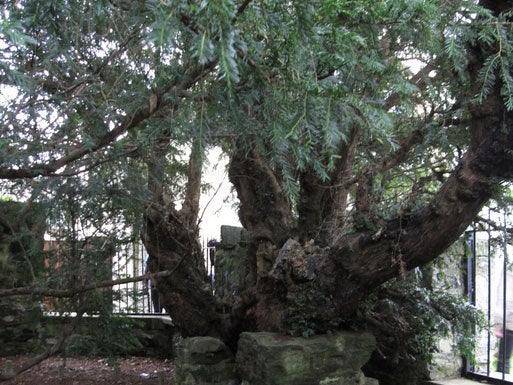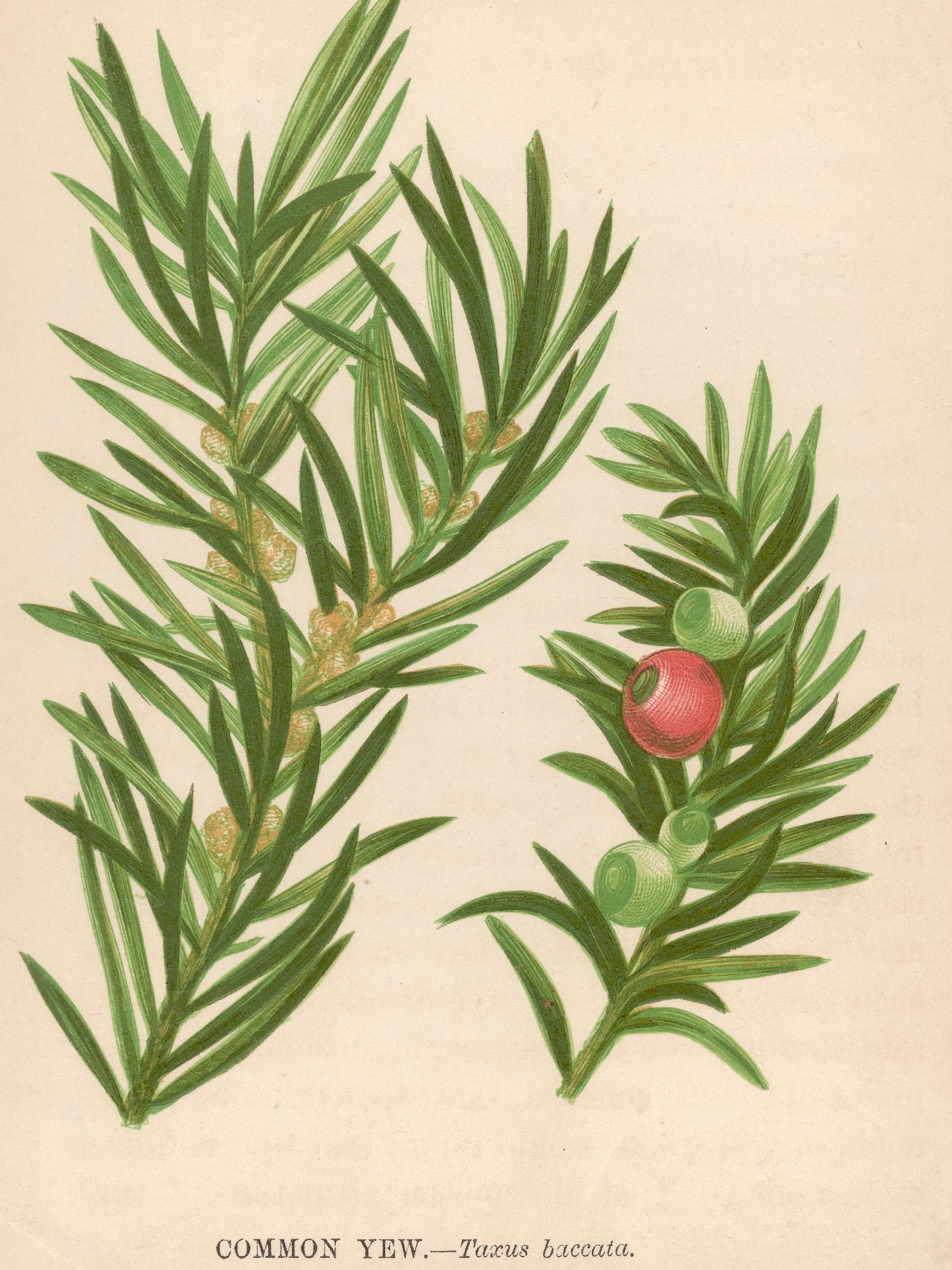Britain's oldest tree, the Fortingall Yew, is 'undergoing a sex change'
The Fortingall Yew is thought to be older than Stonehenge

Your support helps us to tell the story
From reproductive rights to climate change to Big Tech, The Independent is on the ground when the story is developing. Whether it's investigating the financials of Elon Musk's pro-Trump PAC or producing our latest documentary, 'The A Word', which shines a light on the American women fighting for reproductive rights, we know how important it is to parse out the facts from the messaging.
At such a critical moment in US history, we need reporters on the ground. Your donation allows us to keep sending journalists to speak to both sides of the story.
The Independent is trusted by Americans across the entire political spectrum. And unlike many other quality news outlets, we choose not to lock Americans out of our reporting and analysis with paywalls. We believe quality journalism should be available to everyone, paid for by those who can afford it.
Your support makes all the difference.The oldest tree in Britain is undergoing a sex change after 5,000 years, according to botanists.
Perthshire’s Fortingall Yew, estimated to be around 5,000 years old making it older than Stonehenge, is considered male as it produces pollen, as opposed to female yews which bear red seed-holding berries.
However, botanists were shocked when “three ripe red berries” were spotted on one of the ancient yew’s branches this year, suggesting at least part of the tree had become female.

Max Coleman, of the Royal Botanic Garden Edinburgh who discovered the berries, said it was “quite a surprise to me to find a group of three ripe red berries on the Fortingall Yew when the rest of the tree was clearly male.”
“Odd as it may seem, yews, and many other conifers that have separate sexes, have been observed to switch sex,” Mr Coleman added.
“Normally this switch occurs on part of the crown rather than the entire tree changing sex.
“In the Fortingall Yew it seems that one small branch in the outer part of the crown has switched and now behaves as female.”
The three seeds have been collected and will be included in a project to conserve the genetic diversity of yew trees across Europe, the Caucasus, Western Asia and North Africa where they grow.
The project will involve hedges at Edinburgh’s Botanic Garden being replaced with a conservation yew hedge grown from cuttings and seed collections from wild populations and significant Yew Trees such as Fortingall's yew.
The hedge will be a "genetic resource of more than 2,000 individual trees, each of which will have a story and can be traced back to their origins in Britain or beyond," said Mr Coleman.
The ancient Yew is planted in Fortingall Church yard and is thought to be one of the oldest trees in Europe.
The area immediately surrounding Fortingall is thought to have been an Iron Age centre with the tree at its focus.
Join our commenting forum
Join thought-provoking conversations, follow other Independent readers and see their replies
Comments